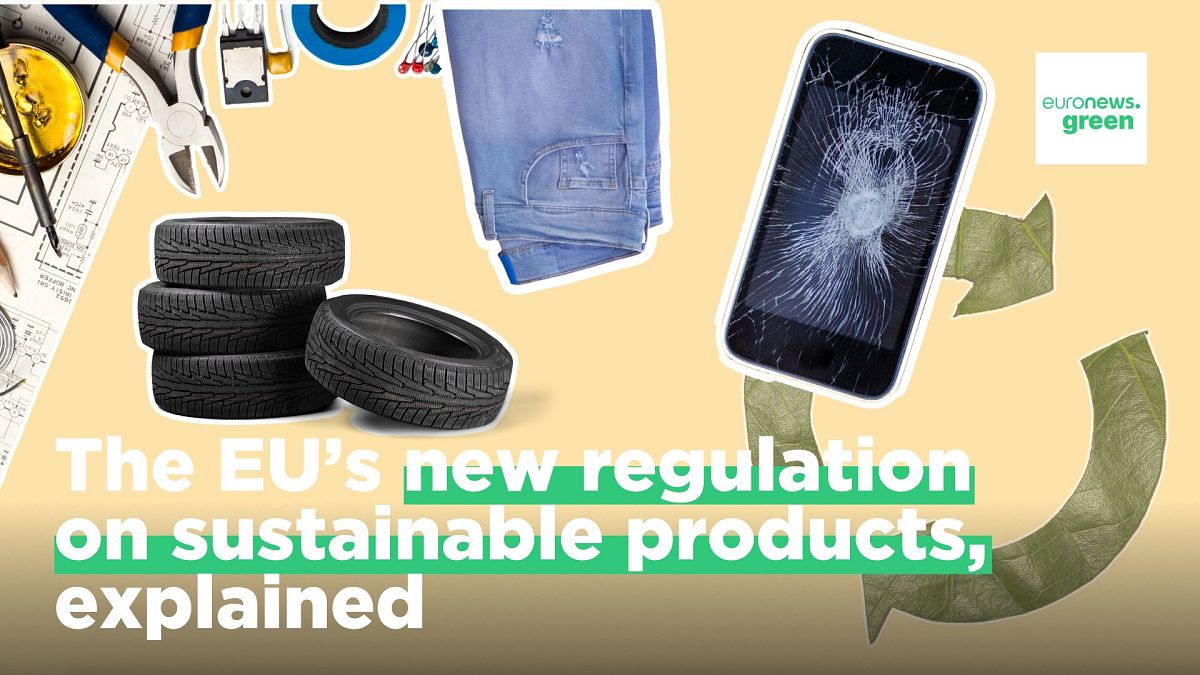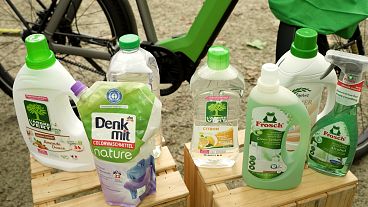A new EU regulation aimed at making products more sustainable has just come into force. What is it exactly and what will it change?
Planned obsolescence, poor quality, or simple accidents are some of the reasons why products break. Today, more and more people want to repair devices and give them a second life, yet finding solutions can be difficult.
Thomas Opsomer, a repair policy engineer at iFixit, explains that it can be more difficult to repair products today than it was even 30 years ago.
"When it comes to mainstream products, they are becoming more integrated, more miniaturised, with increasingly complex ways of assembling them," he tells Euronews. This complexity can also impact the cost of repairs.
To tackle this issue, new EU framework legislation entered into force on 18 July. The Ecodesign for Sustainable Products Regulation, also known as ESPR, will set environmental design requirements for almost all products, with some exceptions such as food and medicines.
Textiles, furniture, tyres, and electronics could be among the items prioritised under this regulation.
The new package of measures seeks to improve the repairability, recyclability, and circularity of products by focusing on design criteria. Focusing on the conception phase is important, because up to 80% of a product’s environmental impact is determined by its design.
So, what are the key measures of the ESPR regulation? And what challenges will the regulation face on the road to a creating a greener and more sustainable Europe?
In this video explainer, we delve into the details.
Watch it by clicking on the video player above.
















